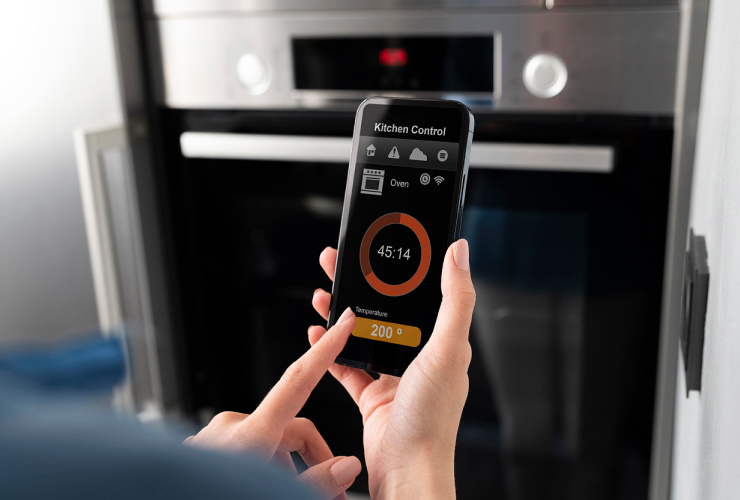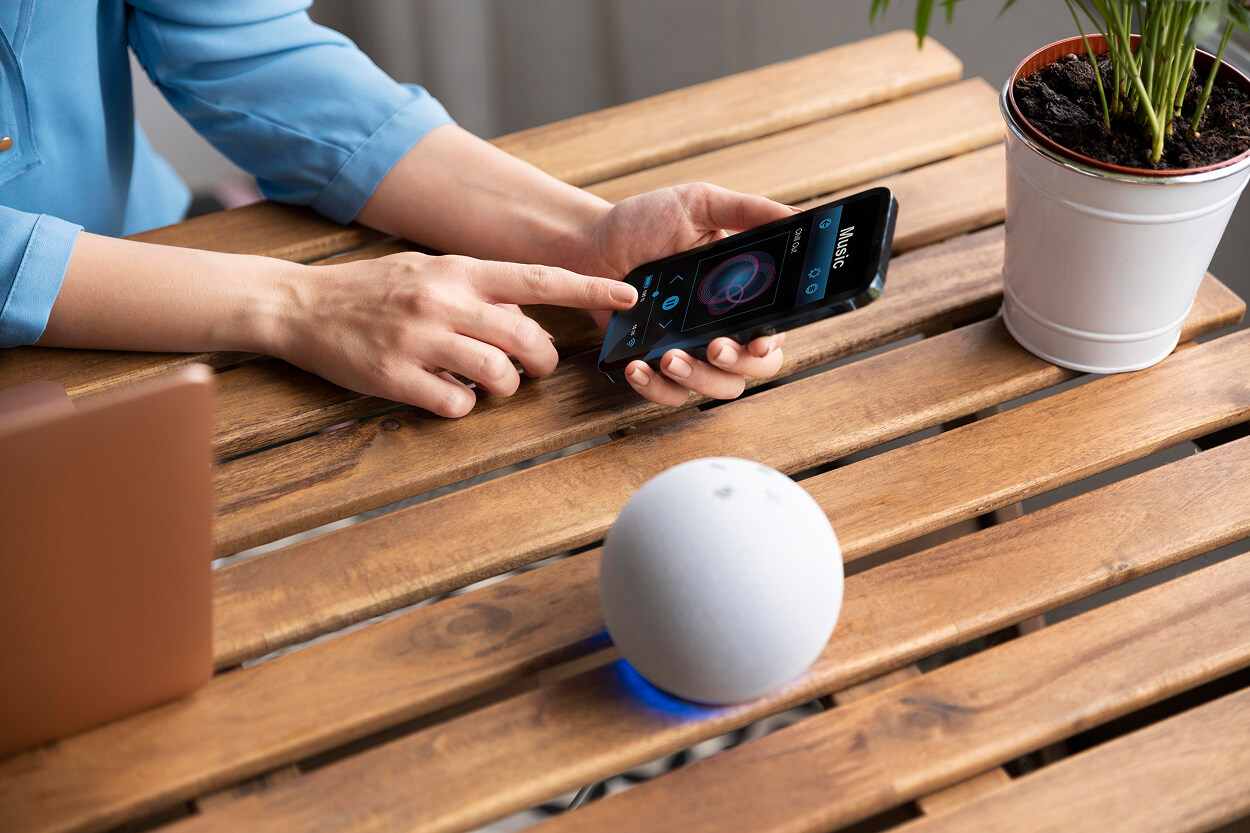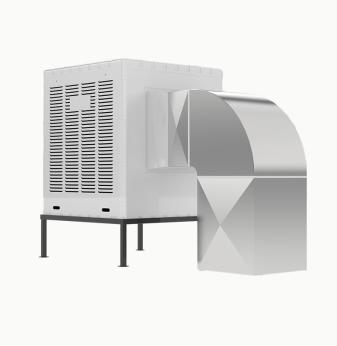Top Mistakes to Avoid When Developing Smart Home Products

Introduction: Why the Smart Home Market is Still Full of Bad Products
The smart home industry is booming, but not all connected devices succeed. Behind every best-selling smart thermostat or voice assistant lies a graveyard of failed hubs, sensors, and smart plugs.
Too often, promising products are delayed, abandoned, or poorly reviewed due to mistakes made early in hardware and firmware development. In this article, we explore the top mistakes developers make when building smart home products — and how to avoid them.
Whether you're a startup or an established OEM entering the IoT space, avoiding these pitfalls will save time, money, and reputation.
1. Underestimating Interoperability and Protocol Complexity
What goes wrong:
- Hard-coding logic to proprietary protocols
- Ignoring Matter, Thread, Zigbee, or HomeKit certification requirements
- Incompatibility with key smart home ecosystems (Apple, Google, Amazon)
What to do:
- Choose open, certified stacks early (Matter, BLE Mesh, Wi-Fi 6)
- Use SoCs or modules pre-certified for major ecosystems
- Build for OTA extensibility (e.g., future firmware that adds Thread)
Developer takeaway: Interoperability is not optional — it's essential for user adoption and ecosystem integration.
2. Prioritizing Features Over UX
Mistake:
Packing in features (e.g., temperature, motion, sound, AI) without considering ease of setup, app flow, and user education.
Consequences:
- Poor adoption and customer churn
- High return rates and bad reviews
- Frequent support requests and firmware confusion
Solution:
- Start with user personas and context-of-use
- Use Figma or embedded GUI simulators to validate UX before hardware freeze
- Include user feedback loops post-launch for iteration
A minimal, elegant product that “just works” outperforms bloated smart devices every time.
3. Overlooking Security from Day One
What happens:
- Exposed debug ports in shipping products
- Plaintext configuration over Wi-Fi or BLE
- No secure OTA update system or key management
Risks:
- Remote hijacking of devices
- Regulatory fines (GDPR, California IoT Law)
- Loss of consumer trust
What to implement:
- Secure boot, encrypted OTA, unique device keys
- Zero-trust pairing processes
- Compliance with NIST 8259A and ETSI EN 303 645
Security is a product feature, not a checkbox.
4. Choosing the Wrong Wireless Technology for the Use Case
Pitfalls:
- Using Wi-Fi for coin cell–powered devices
- Choosing BLE without mesh support for whole-home coverage
- Picking LTE-M/NB-IoT with poor network availability
What to assess:
| Use Case | Best Fit Technology |
| Battery-powered sensor | Thread, Zigbee, BLE Mesh |
| High bandwidth camera | Wi-Fi 6, UWB |
| Remote monitoring (no Wi-Fi) | LTE-M, NB-IoT |
Avoid rework by matching wireless stack to physical deployment, battery needs, and bandwidth.
5. Delaying Compliance Planning
Common missteps:
- Designing hardware before knowing CE/FCC/Matter requirements
- Forgetting region-specific RF limits (e.g., SRD 868 MHz vs. 915 MHz)
- Waiting until EVT to consult test labs
What to do instead:
- Engage compliance engineers at the prototyping stage
- Select pre-certified modules when possible
- Run pre-scan EMC/EMI tests during DVT
Compliance is not just about checkboxes — it shapes your PCB layout, BOM, and software partitioning.
6. Poor OTA Update Design
How this fails:
- Devices shipped without update paths
- Firmware updates that fail silently or brick devices
- Lack of delta updates for constrained links
Requirements:
- Dual-bank firmware design for rollback safety
- Secure OTA framework (e.g., MCUboot, AWS OTA Agent)
- Versioning system for bootloader, app, and config
If you can't update a smart home device securely and reliably, you’ve shipped a short-term liability.
7. Inflexible Supply Chain Decisions
What goes wrong:
- Picking end-of-life components for MVP
- Choosing niche modules with 60+ week lead times
- No second sources for MCUs or PMICs
Best practices:
- Use vendor-partnered tools (e.g., ST’s longevity program)
- Choose MCU families with multiple pin-compatible variants
- Design for EMS flexibility in BOM and test strategy
A smart product is not smart if you can’t build it at scale.
8. Ignoring Power Management Early
Developer mistakes:
- Forgetting to simulate battery usage
- Power-hungry sensors always active
- Using polling instead of interrupts
Design strategy:
- Architect sensor fusion logic around low-duty cycles
- Use energy profiling tools (SEGGER, Nordic, Silicon Labs)
- Support multiple sleep modes in firmware
Battery life isn’t just a spec — it’s a UX experience.

9. No Feedback or Fail-Safe Design for Users
Consequences:
- Devices appear “frozen” or unresponsive
- Users have no visibility into status or errors
- Support is overwhelmed by firmware resets
Solutions:
- Include LED/haptic status indicators
- Use app diagnostics and push alerts
- Build a fallback config/reset path for every smart home mode
When something goes wrong, users need a path back to normal — even without a manual.
10. Not Planning for Ecosystem Evolution
Common issue:
- Hard-coding logic for one cloud service or app
- Fixed provisioning process that can’t evolve with Matter updates
- No modularity in firmware layers
Long-term risks:
- Expensive product recalls or discontinuations
- Security holes from outdated APIs
- Fragmentation between product generations
Future-proof by:
- Using abstraction layers for APIs and radio stacks
- Testing OTA feature enablement strategies
- Participating in CSA or ecosystem partner programs
The smart home is still changing rapidly — your design must be ready.
11. Strategic Advice for Startups vs. Established OEMs
While the core mistakes apply across the board, strategies differ depending on your company type and scale.
For startups:
- Focus on one platform or ecosystem at launch (e.g., Matter + BLE)
- Use development boards and certified modules to reduce time-to-market
- Leverage white-label cloud solutions or embedded SDKs before building custom backends
- Plan for field feedback collection: include debug logging, remote diagnostics, and usage metrics
For established OEMs:
- Design products to extend your existing ecosystem (e.g., HVAC control, appliance integration)
- Consolidate firmware platforms across product lines to reduce maintenance burden
- Prepare internal teams for CSA, Apple, Amazon certification processes
- Invest in long-term OTA infrastructure to support 5–7 year product lifecycles
Different teams face different pressures — but all benefit from early alignment between hardware, firmware, and go-to-market strategy.
Final Thoughts: Smart Hardware Requires Smarter Planning
Smart home products succeed when engineering teams:
- Align UX, firmware, and supply chain from day one
- Embrace security and compliance as core requirements
- Build in testing, OTA, and future extensibility
Promwad helps consumer electronics companies design and scale reliable, secure, and user-friendly smart home devices — from PoC to certified production.
Let’s make your next connected product smart — in every sense.
Our Case Studies in Smart Home








